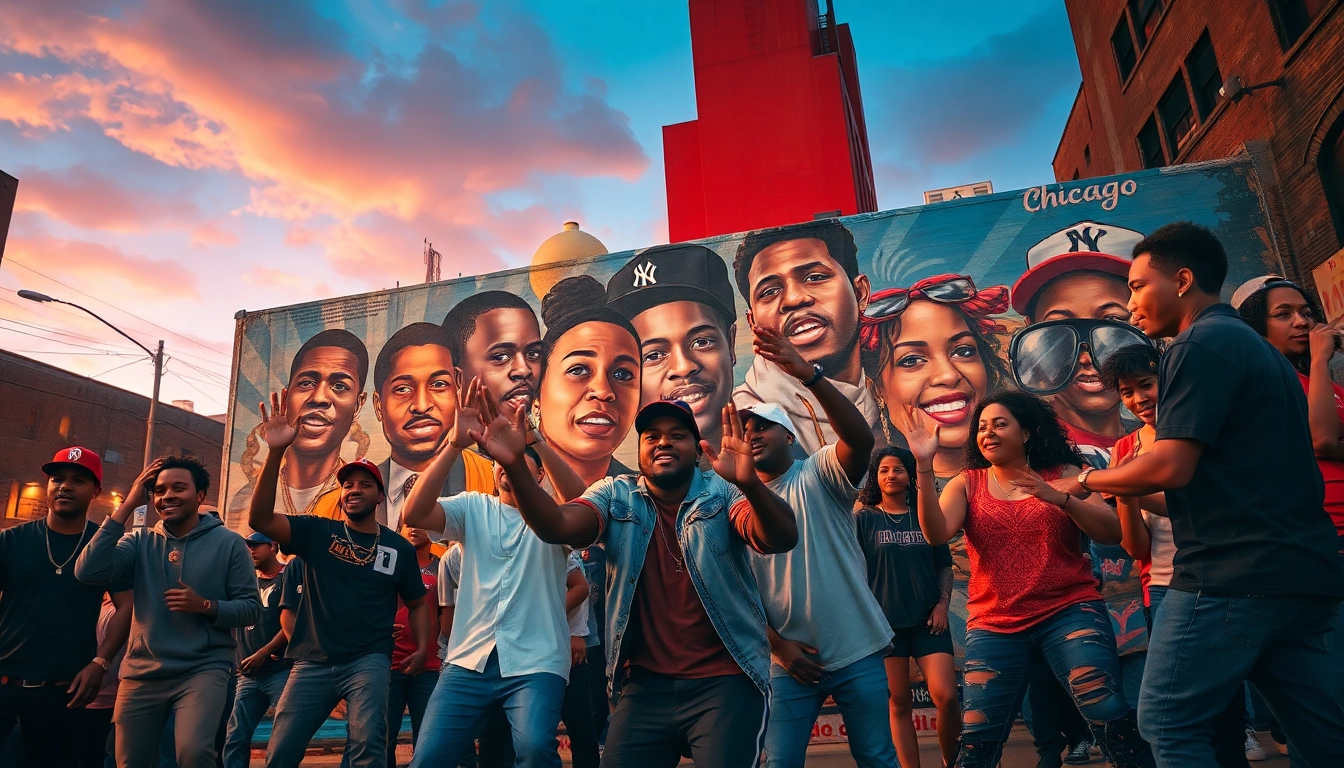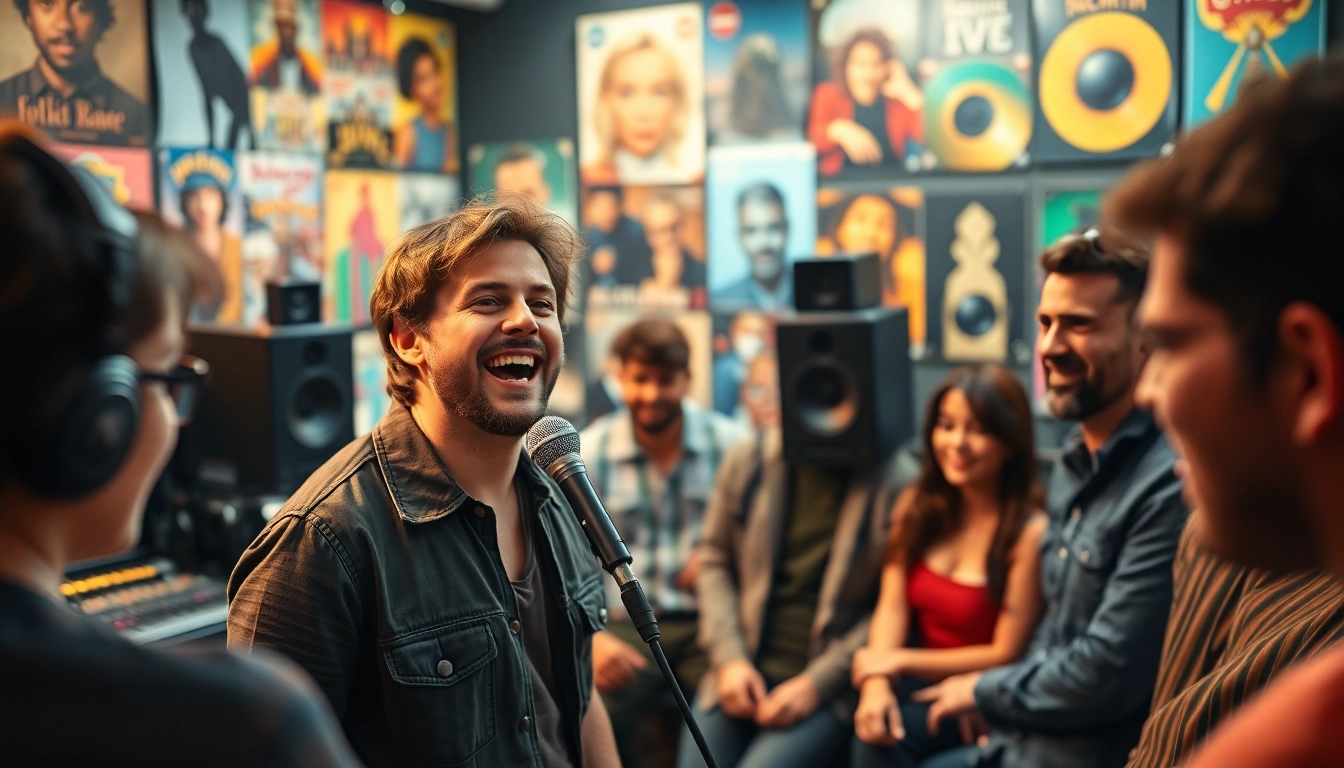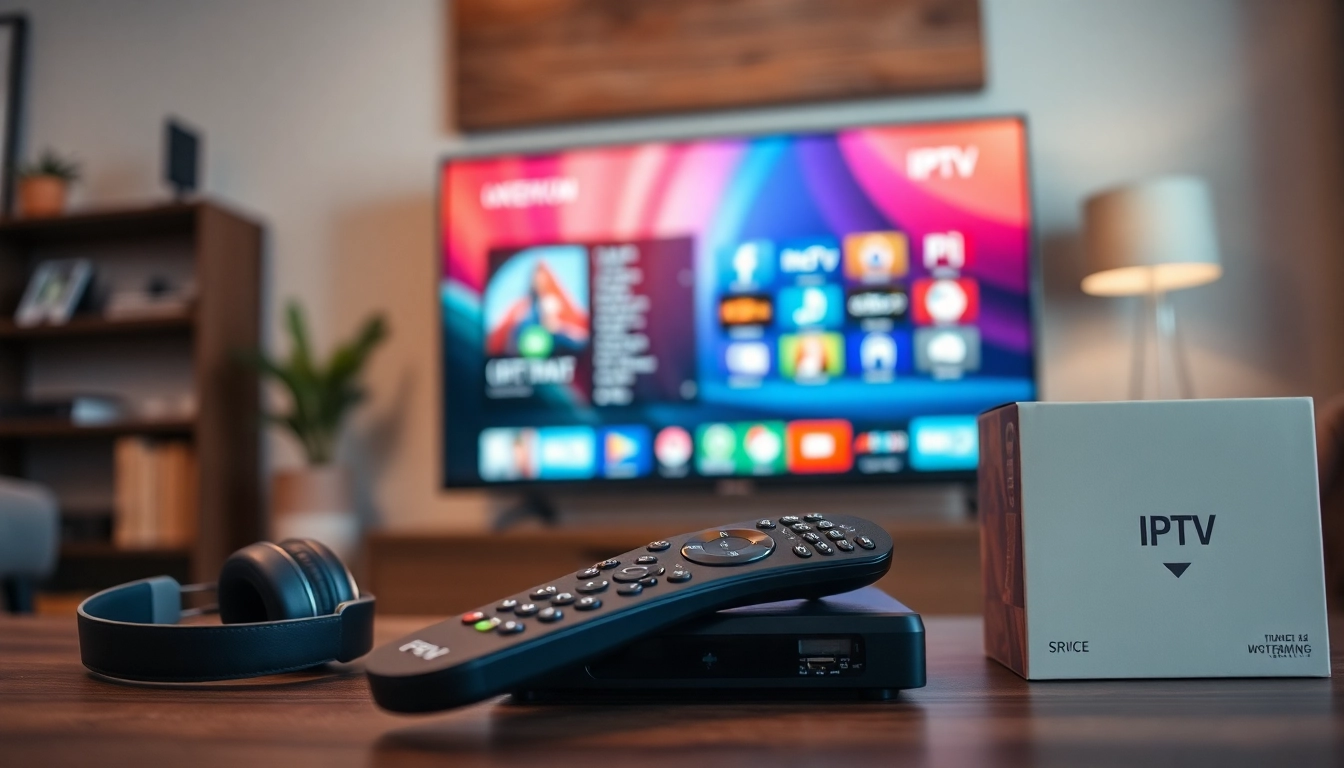Introduction to Rap Culture in Chicago
Chicago, the Windy City, has long been a significant player in the landscape of American music, and its rap culture stands out as a vibrant and complex tapestry woven from the threads of history, socio-economic challenges, and artistic ingenuity. This unique cultural phenomenon has fostered the growth of numerous subgenres and an array of iconic artists who have shaped not only the city’s sound but also the global hip-hop scene. To understand the depth of rap culture in Chicago, it’s essential to delve into its origins, key elements, and notable figures that have contributed to its evolution.
The Origins of Chicago Rap
The roots of rap in Chicago stretch back to the 1980s, when the genre began to seep into the city from its coasts. Initially influenced by the burgeoning hip-hop scenes in New York and Los Angeles, Chicago’s rap culture started to develop its distinctive characteristics around this time. The city’s unique socio-economic landscape, marked by racial segregation and economic disparity, greatly influenced the content and style of its rap music.
During the early years, Chicago’s hip-hop scene revolved around live performances. Local DJs and MCs began hosting parties, and venues, mainly in neighborhoods like the South Side and Bronzeville, became crucibles for creativity. Artists like the “Jungle Brothers” and “Common” began to gain recognition, blending socially conscious lyrics with the raw energy of live performances. This laid the groundwork for the future of Chicago rap, as various subgenres emerged, each reflecting the life experiences and struggles of the city’s youth.
Key Elements of Chicago’s Rap Scene
The sound of Chicago rap is marked by several key elements that distinguish it from other American rap scenes. Among these elements, the following stand out:
- Lyricism: Chicago rap often showcases a lyrical depth that reflects the socio-political climates of its neighborhoods. Narratives of struggle, violence, and resilience underpin many tracks.
- Production Style: The production of Chicago rap varies widely, yet it often incorporates samples from jazz, blues, and soul, paying homage to the city’s rich musical heritage.
- Diversity of Subgenres: From the soulful vibes of artists like Lupe Fiasco to the aggressive beats and lyrics of the drill scene, Chicago rap encompasses a broad spectrum of styles, illustrating the plurality of artist voices.
Influence of Regional Styles
Geographically, Chicago is situated in the Midwest, a melting pot of various influences from surrounding regions. This central location has allowed artists to interact with various styles from the East and West Coast while also incorporating local traditions. Notably, the “Chicago Sound” evolved through a combination of the gangsta rap genre from the West Coast, the lyrical storytelling from the East, and the funk-driven beats characteristic of the city itself. This intermingling has led to an eclectic style that is both unique and dynamism-filled.
Notable Artists Shaping Chicago Rap
Legends of the Past
Chicago has birthed several legendary artists whose influence extends far beyond the city’s borders. Figures like Common, who debuted in the early ’90s, brought thoughtful lyricism and a positive message, gaining acclaim across the country. In the late ’90s, Twista emerged with his fast-paced delivery and unique flow, earning a spot in the Guinness Book of World Records for his speed. These voices not only paved the way for future artists but also positioned Chicago as a vital hub in the hip-hop industry.
Contemporary Icons and New Voices
The landscape of Chicago rap continues to evolve with contemporary artists like Chance the Rapper and Lil Durk, whose sounds reflect both innovation and homage to the past. Chance, renowned for his vibrant use of gospel music samples and uplifting themes, exemplifies a new era where Chicago rap can be both introspective and celebratory. Meanwhile, artists like King Von and G Herbo provide gritty narratives that encapsulate the harsh realities many face in their neighborhoods.
Collaborations that Changed the Scene
Collaboration has been pivotal in shaping the sound of Chicago’s rap scene. Tracks featuring artists from different backgrounds showcase the potential when multiple perspectives intertwine. Notable collaborations such as “I Don’t Like” featuring Chief Keef, Lil Reese, and Lil Durk exemplify the power of camaraderie in turning local hits into national anthems. Additionally, Chance’s work with Wayne and 2 Chainz has further highlighted the cross-pollination of styles that fuels innovation in the city.
The Role of Geography in Chicago’s Rap Culture
Neighborhood Influences on Sound and Style
Chicago’s neighborhoods are not just backdrops for its rap culture; they’re integral to its sound. The South Side, home to many drill artists, resonates with a raw intensity that evokes the realities of life in some of the city’s most dangerous environments. Conversely, the West Side has produced artists known for their lyrical prowess and story-driven content. Each neighborhood contributes its own flavor to the overall Chicago sound, proving that geography plays a significant role in shaping artistic expression.
Impact of Socioeconomic Factors
The socioeconomic landscape of Chicago profoundly influences its rap culture. High rates of violence, poverty, and systemic inequality provide extensive material for artists to reflect in their music. The urgency of addressing these issues leads to tracks that are often raw and uncompromising, mirroring the experiences of those living in affected areas. Highlighted in songs by drill artists, this genre becomes a form of storytelling that informs listeners of the struggles faced by many in Chicago.
Chicago as a Hub for Rap Music
With its rich history and vibrant contemporary scene, Chicago has established itself as a central hub for rap music. The city serves as a breeding ground for ideas and creativity, fostering a diverse array of artists that captivate listeners both locally and globally. Chicago’s ability to embrace change while cherishing its roots allows it to remain relevant in an ever-evolving music industry.
Drill Music: A Defining Subgenre of Chicago Rap
Understanding the Characteristics of Drill
Drill music, which emerged in the early 2010s, has become synonymous with Chicago’s rap culture. Characterized by its dark beats, aggressive lyrics, and themes of street life, drill reflects the realities of violence, conflict, and survival. The genre’s beats often utilize heavy bass and sparse instrumentation, creating an intense and chilling atmosphere that complements the often stark narratives presented by artists like Chief Keef and Fredo Santana.
Influence of Drill on National and Global Scenes
Drill music has not only left an indelible mark on Chicago but has also influenced rap scenes across the United States and internationally. The genre’s gritty aesthetics and hard-hitting lyrics have sparked a widespread movement, inspiring scenes in cities like London. As global artists adopt and adapt drill elements, Chicago finds itself at the forefront of an influential movement in hip-hop.
Critiques and Controversies Surrounding Drill Music
Despite its popularity, drill music has faced substantial backlash due to its violent content. Critics argue that the genre glorifies gang culture and perpetuates cycles of violence. However, supporters contend that drill serves as a stark representation of lived experiences, shedding light on the realities faced by marginalized communities. This ongoing debate raises questions about the intersection of art, responsibility, and social commentary within the music industry.
The Future of Rap Culture in Chicago
Emerging Trends and New Wave Artists
As the landscape of hip-hop continues to shift, new wave artists from Chicago are emerging to redefine the genre’s future. These artists blend various influences, pushing traditional boundaries while tackling themes of identity, mental health, and societal challenges. With the rise of platforms like TikTok, artists are finding new avenues to reach younger audiences, ensuring that Chicago remains a relevant force in the music industry.
The Role of Technology and Social Media
In the digital age, technology has transformed the way music is created, distributed, and consumed. Artists can leverage social media platforms to promote their work, connect with fans, and collaborate with other musicians across the globe. This democratization of music has allowed Chicago artists to gain recognition foothold without the backing of major labels, facilitating a thriving underground scene that continues to innovate and inspire.
Preserving and Evolving Chicago’s Rap Legacy
As Chicago rap culture moves forward, it faces the challenge of preserving its rich legacy while adapting to modern influences. Institutions like the Chicago Hip-Hop Heritage Museum work tirelessly to capture the city’s storied past and honor its artistic icons. As new artists emerge, they have the responsibility to both respect their roots and forge new paths, ensuring that Chicago’s rap culture evolves while still honoring the narratives that built it. The melding of the old and new is what keeps the spirit of Chicago rap alive—poised, relevant, and ready to make its mark on the future.



